Coin Futures Lending Exchange (CoinFLEX) issued a new token called Recovery Value USD (rvUSD) on Tuesday.
The token, whose issuance will be halted on July 1, 2022, is targeted at covering the shortfall in the trading platform’s books.
According to CoinFLEX, the issuance price for the token is 1 USD Coin for 1 rvUSD.
As the maximum amount to be issued has been pegged at 47 million rVUSD, this means that the trading platform is trying to raise $47 million from the token issuance.
According to a whitepaper on rvUSD published by CoinFLEX, only non-US resident sophisticated investors are eligible to buy the token.
Additionally, the crypto platform disclosed that rvUSD attracts a 20% annual percentage rate (APR) that is paid daily in rvUSD.
Withdrawal and Negative Equity
CoinFLEX last week halted withdrawals for users of its trading platforms.
In a blog post published on Monday, Mark Lamb, CoinFLEX’s Chief Executive Officer, explained that the platform decided to suspend withdrawals after the account of a 'long-time customer' went into negative equity.
The Chief Executive noted that no other account on CoinFLEX is in negative equity.
Furthermore, Lamb pointed out that CoinFLEX would have liquidated the investor’s account but was unable to as the customer had a non-liquidation recourse account.
“This condition required the individual to pledge stringent personal guarantees around account equity and margin calls in exchange for not being liquidated,” Lamb explained in the blog post.
In the whitepaper, CoinFLEX noted that the rvUSD token is related to the outstanding debt owed by the high net worth individual.
In the blog post, Lamb noted that the trading platform was hoping it could re-enable withdrawals on Thursday “subject to receiving funds pursuant to the rvUSD issuance.”
“If the rvUSD token issuance is fully subscribed, CoinFLEX will re-enable withdrawals and restore the platform to full functionality in an orderly manner.”
Meanwhile, the cryptocurrency loan company, Celsius similarly suspended withdrawals on its lending platform some weeks ago.
Celsius said the decision was taken due to extreme volatility Volatility In finance, volatility refers to the amount of change in the rate of a financial instrument, such as commodities, currencies, stocks, over a given time period. Essentially, volatility describes the nature of an instrument’s fluctuation; a highly volatile security equates to large fluctuations in price, and a low volatile security equates to timid fluctuations in price. Volatility is an important statistical indicator used by financial traders to assist them in developing trading systems. Traders can be successful in both low and high volatile environments, but the strategies employed are often different depending upon volatility. Why Too Much Volatility is a ProblemIn the FX space, lower volatile currency pairs offer less surprises, and are suited to position traders.High volatile pairs are attractive for many day traders, due to quick and strong movements, offering the potential for higher profits, although the risk associated with such volatile pairs are many. Overall, a look at previous volatility tells us how likely price will fluctuate in the future, although it has nothing to do with direction.All a trader can gather from this is the understanding that the probability of a volatile pair to increase or decrease an X amount in a Y period of time, is more than the probability of a non-volatile pair. Another important factor is, volatility can and does change over time, and there can be periods when even highly volatile instruments show signs of flatness, with price not really making headway in either direction. Too little volatility is just as problematic for markets as too much, we uncertainty in excess can create panic and problems of liquidity. This was evident during Black Swan events or other crisis that have historically roiled currency and equity markets. In finance, volatility refers to the amount of change in the rate of a financial instrument, such as commodities, currencies, stocks, over a given time period. Essentially, volatility describes the nature of an instrument’s fluctuation; a highly volatile security equates to large fluctuations in price, and a low volatile security equates to timid fluctuations in price. Volatility is an important statistical indicator used by financial traders to assist them in developing trading systems. Traders can be successful in both low and high volatile environments, but the strategies employed are often different depending upon volatility. Why Too Much Volatility is a ProblemIn the FX space, lower volatile currency pairs offer less surprises, and are suited to position traders.High volatile pairs are attractive for many day traders, due to quick and strong movements, offering the potential for higher profits, although the risk associated with such volatile pairs are many. Overall, a look at previous volatility tells us how likely price will fluctuate in the future, although it has nothing to do with direction.All a trader can gather from this is the understanding that the probability of a volatile pair to increase or decrease an X amount in a Y period of time, is more than the probability of a non-volatile pair. Another important factor is, volatility can and does change over time, and there can be periods when even highly volatile instruments show signs of flatness, with price not really making headway in either direction. Too little volatility is just as problematic for markets as too much, we uncertainty in excess can create panic and problems of liquidity. This was evident during Black Swan events or other crisis that have historically roiled currency and equity markets. Read this Term in the cryptocurrency market.
“We are taking this necessary action for the benefit of our entire community in order to stabilize liquidity and operations while we take steps to preserve and protect assets,” Celsius wrote in a blog post.
Coin Futures Lending Exchange (CoinFLEX) issued a new token called Recovery Value USD (rvUSD) on Tuesday.
The token, whose issuance will be halted on July 1, 2022, is targeted at covering the shortfall in the trading platform’s books.
According to CoinFLEX, the issuance price for the token is 1 USD Coin for 1 rvUSD.
As the maximum amount to be issued has been pegged at 47 million rVUSD, this means that the trading platform is trying to raise $47 million from the token issuance.
According to a whitepaper on rvUSD published by CoinFLEX, only non-US resident sophisticated investors are eligible to buy the token.
Additionally, the crypto platform disclosed that rvUSD attracts a 20% annual percentage rate (APR) that is paid daily in rvUSD.
Withdrawal and Negative Equity
CoinFLEX last week halted withdrawals for users of its trading platforms.
In a blog post published on Monday, Mark Lamb, CoinFLEX’s Chief Executive Officer, explained that the platform decided to suspend withdrawals after the account of a 'long-time customer' went into negative equity.
The Chief Executive noted that no other account on CoinFLEX is in negative equity.
Furthermore, Lamb pointed out that CoinFLEX would have liquidated the investor’s account but was unable to as the customer had a non-liquidation recourse account.
“This condition required the individual to pledge stringent personal guarantees around account equity and margin calls in exchange for not being liquidated,” Lamb explained in the blog post.
In the whitepaper, CoinFLEX noted that the rvUSD token is related to the outstanding debt owed by the high net worth individual.
In the blog post, Lamb noted that the trading platform was hoping it could re-enable withdrawals on Thursday “subject to receiving funds pursuant to the rvUSD issuance.”
“If the rvUSD token issuance is fully subscribed, CoinFLEX will re-enable withdrawals and restore the platform to full functionality in an orderly manner.”
Meanwhile, the cryptocurrency loan company, Celsius similarly suspended withdrawals on its lending platform some weeks ago.
Celsius said the decision was taken due to extreme volatility Volatility In finance, volatility refers to the amount of change in the rate of a financial instrument, such as commodities, currencies, stocks, over a given time period. Essentially, volatility describes the nature of an instrument’s fluctuation; a highly volatile security equates to large fluctuations in price, and a low volatile security equates to timid fluctuations in price. Volatility is an important statistical indicator used by financial traders to assist them in developing trading systems. Traders can be successful in both low and high volatile environments, but the strategies employed are often different depending upon volatility. Why Too Much Volatility is a ProblemIn the FX space, lower volatile currency pairs offer less surprises, and are suited to position traders.High volatile pairs are attractive for many day traders, due to quick and strong movements, offering the potential for higher profits, although the risk associated with such volatile pairs are many. Overall, a look at previous volatility tells us how likely price will fluctuate in the future, although it has nothing to do with direction.All a trader can gather from this is the understanding that the probability of a volatile pair to increase or decrease an X amount in a Y period of time, is more than the probability of a non-volatile pair. Another important factor is, volatility can and does change over time, and there can be periods when even highly volatile instruments show signs of flatness, with price not really making headway in either direction. Too little volatility is just as problematic for markets as too much, we uncertainty in excess can create panic and problems of liquidity. This was evident during Black Swan events or other crisis that have historically roiled currency and equity markets. In finance, volatility refers to the amount of change in the rate of a financial instrument, such as commodities, currencies, stocks, over a given time period. Essentially, volatility describes the nature of an instrument’s fluctuation; a highly volatile security equates to large fluctuations in price, and a low volatile security equates to timid fluctuations in price. Volatility is an important statistical indicator used by financial traders to assist them in developing trading systems. Traders can be successful in both low and high volatile environments, but the strategies employed are often different depending upon volatility. Why Too Much Volatility is a ProblemIn the FX space, lower volatile currency pairs offer less surprises, and are suited to position traders.High volatile pairs are attractive for many day traders, due to quick and strong movements, offering the potential for higher profits, although the risk associated with such volatile pairs are many. Overall, a look at previous volatility tells us how likely price will fluctuate in the future, although it has nothing to do with direction.All a trader can gather from this is the understanding that the probability of a volatile pair to increase or decrease an X amount in a Y period of time, is more than the probability of a non-volatile pair. Another important factor is, volatility can and does change over time, and there can be periods when even highly volatile instruments show signs of flatness, with price not really making headway in either direction. Too little volatility is just as problematic for markets as too much, we uncertainty in excess can create panic and problems of liquidity. This was evident during Black Swan events or other crisis that have historically roiled currency and equity markets. Read this Term in the cryptocurrency market.
“We are taking this necessary action for the benefit of our entire community in order to stabilize liquidity and operations while we take steps to preserve and protect assets,” Celsius wrote in a blog post.

You can get bonuses upto $100 FREE BONUS when you:
💰 Install these recommended apps:
💲 SocialGood - 100% Crypto Back on Everyday Shopping
💲 xPortal - The DeFi For The Next Billion
💲 CryptoTab Browser - Lightweight, fast, and ready to mine!
💰 Register on these recommended exchanges:
🟡 Binance🟡 Bitfinex🟡 Bitmart🟡 Bittrex🟡 Bitget
🟡 CoinEx🟡 Crypto.com🟡 Gate.io🟡 Huobi🟡 Kucoin.







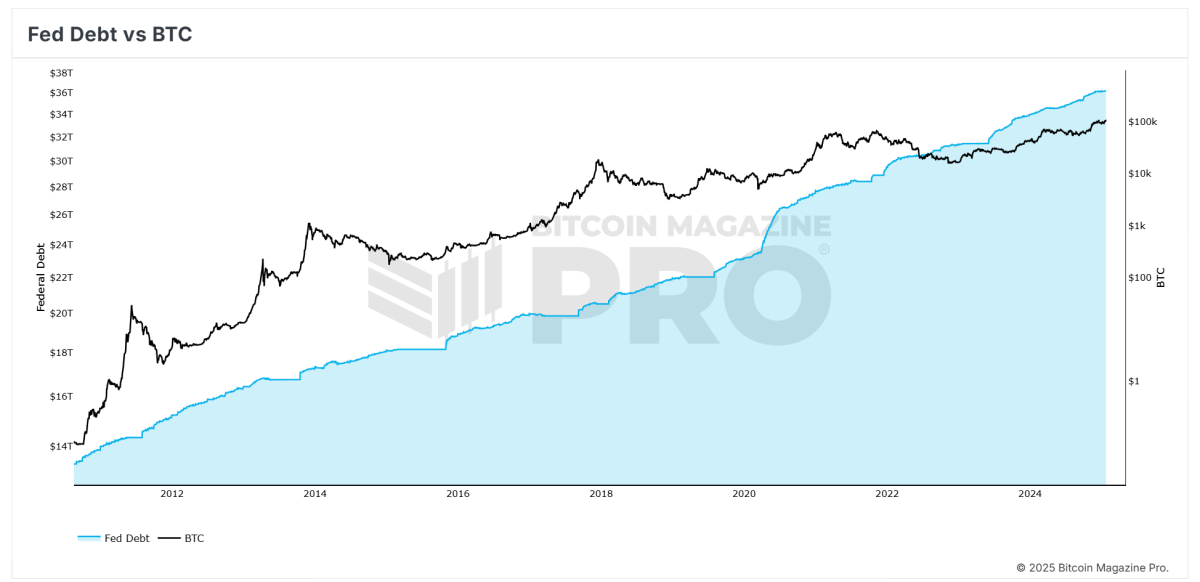

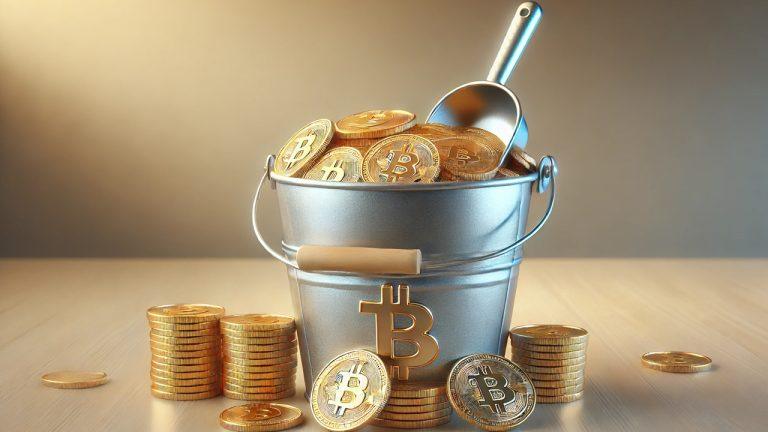

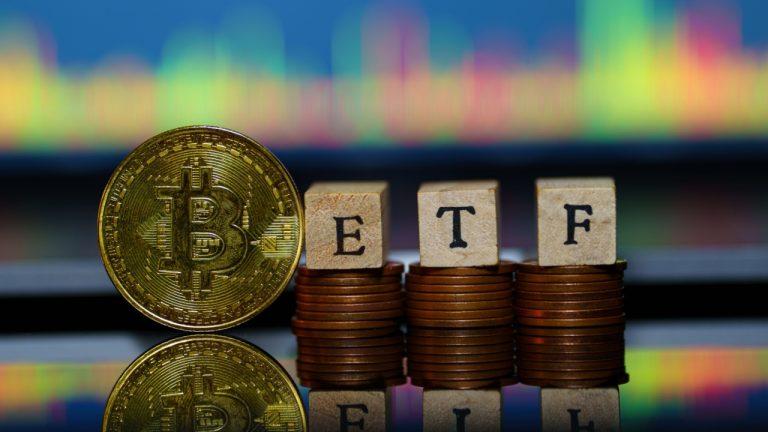

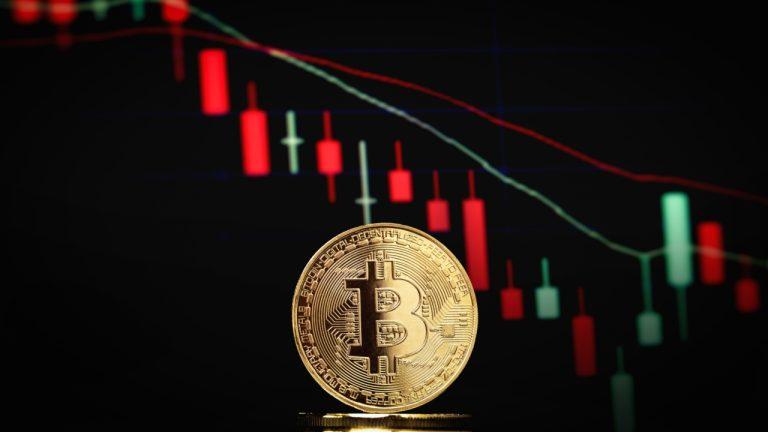



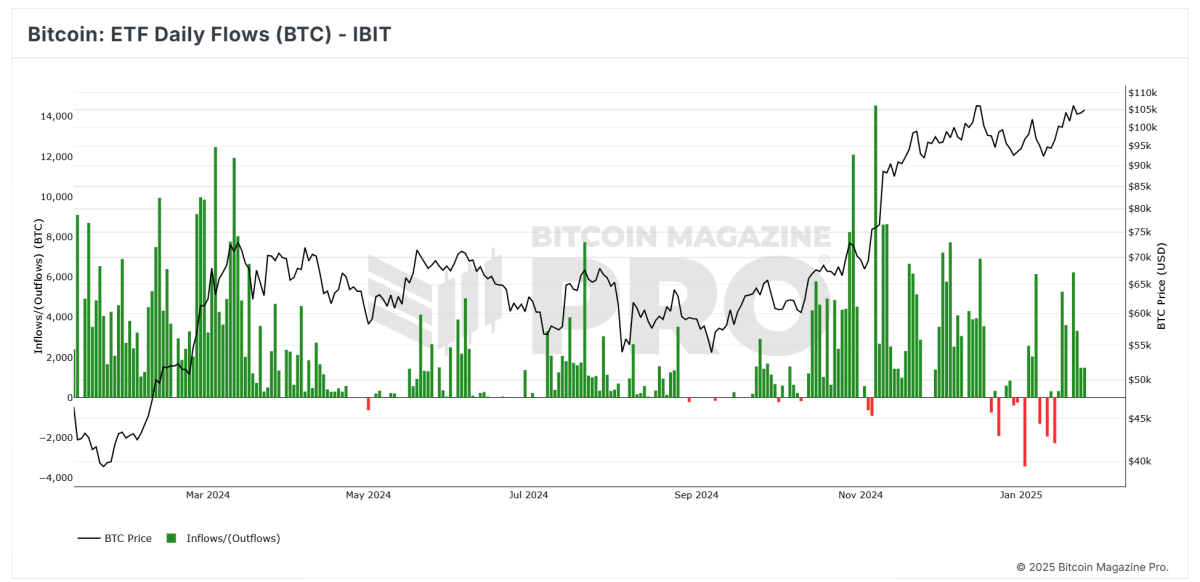
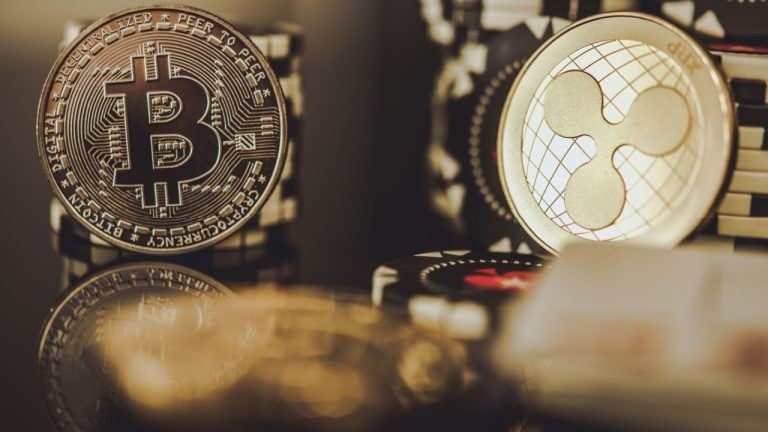

Comments